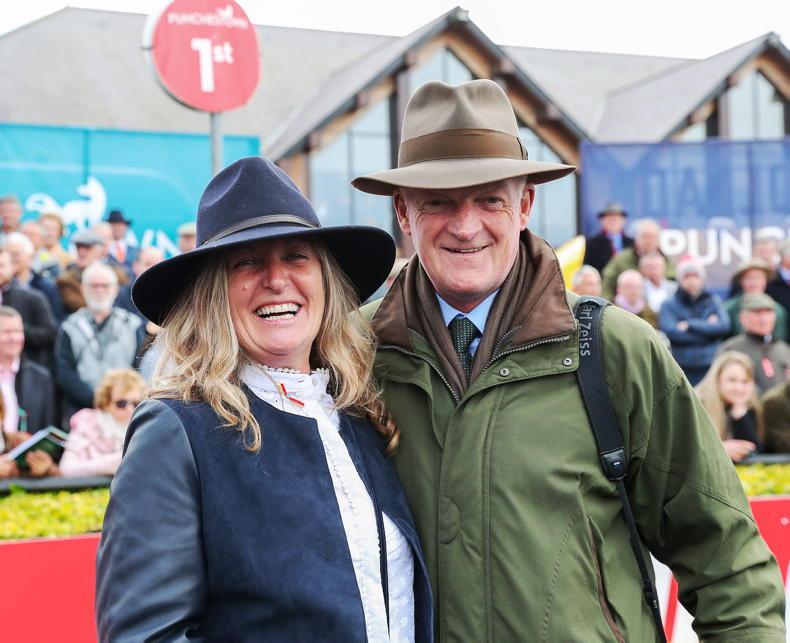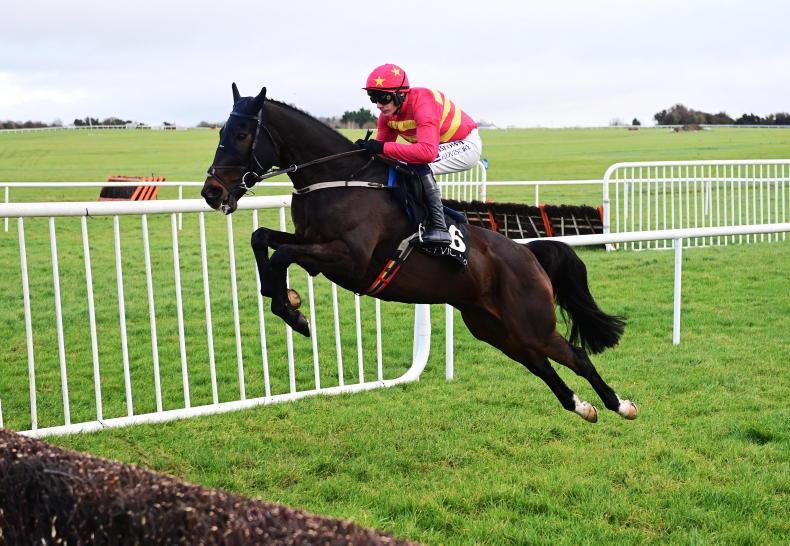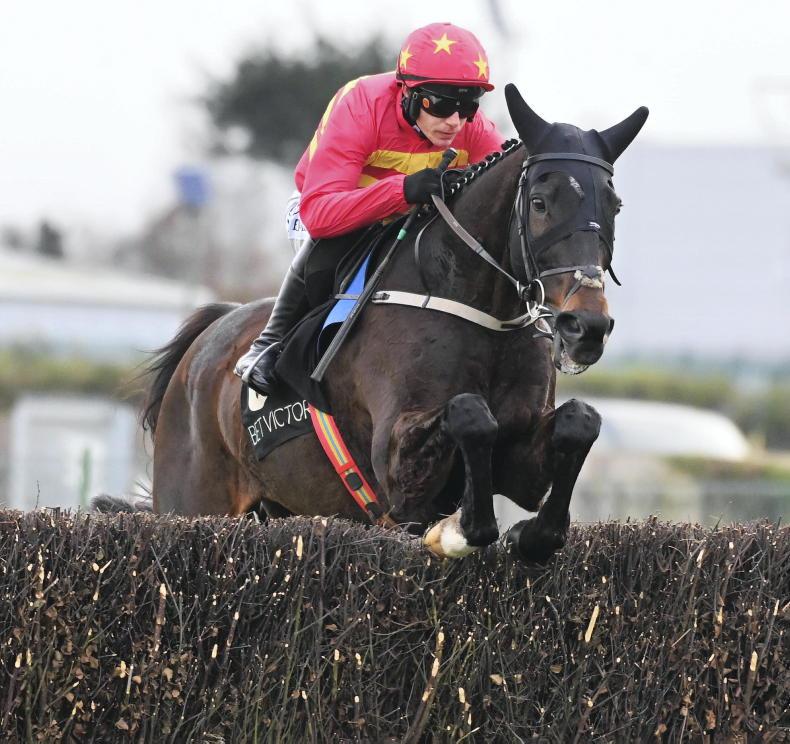STANDING outside the winner’s enclosure at Punchestown, as Willie Mullins acknowledged yet another winner for his yard, one onlooker observed “Willie has to kiss a lot of owners!”
Success may breed success and Team Mullins has a constant inward flow of the bigger jumps owners, including many who have enjoyed success elsewhere.
Not only has Mullins trained the majority of the best horses of the jumps season, but that other difficult task of pleasing all his group of wealthy owners, with only so many top level races in the calendar, has also been deftly accomplished. Last weekend was another demonstration. How do you fancy a trip to Nashville, Malcolm? Apparently this was a David Casey suggestion but the team were again on the money.
Having horses trained in Ireland means targeting three big home festivals - Leopardstown at Christmas, the DRF and Punchestown - with Cheltenham then standing well above those three.
Mullins has had a great record with the Simon Munir/Isaac Souede horses all season, top notch, you might say (geddit?).
Blue Lord and Saint Roi picked up their Grade 1s at Christmas, with some punters latching on to them at that stage for Cheltenham prizes but they were overtaken by the second wave of Mullins contenders.
It is to their credit that Lossiemouth, Facile Vega and State Man did all four big meetings, even if each missed out on the clean sweep. El Fabiolo stood proud for three big days.
Klassical Dream is a latter day saint, Punchestown is his happy place. Flame Bearer also came through when some others were wilting, to get his Grade 1 at Punchestown.
Celebrating Klassical Dream’s Punchestown win, Mullins quipped in the post race interview with his owner “Celebrating with Jo is no simple task”. Still, celebrating in Paris this weekend might be on the agenda.
Blackmore case is puzzling
LAST Friday week’s Kilbeggan three-mile handicap hurdle has received much more attention than the majority of races of its kind.
At first glance, the opinion of the majority of onlookers was that Rachael Blackmore had mistaken the winning post on Lady Rita, after she had ridden the mare into the lead well over a furlong out and then eased down considerably after the line, losing a near five-length advantage.
It’s impossible to be sure if injecting two fast furlongs mid-race would have a detrimental effect on the mare’s winning chance, over a longer distance than she had run over previously, but it is likely it did. The mare also made a very bad mistake two hurdles after the start/stop incident.
The stewards found “they could not be certain that her misjudgement, if any, had caused her to fail to obtain her best possible placing”.
Before and after
The incident could be split into what happened before and after the winning post. Blackmore undoubtedly pushed her mount forward initially, though there was not the usual, keep your mind on the job, whip flicks coming up to the post – see The Short Go in Killarney.
Yet the easing up after the post certainly looked like job done, race won, rather than the given explanation of “the animal got lairy in front and realising there was still a long way to go, she allowed her to come back under her”.
There is no definite description of “got lairy” – (Google gave me “behaving in a loud, excited manner”!). Paul Townend used the same word in describing What Path at Tipperary and you can see the horse was definitely a difficult ride. Lady Rita didn’t appear to match that.
In the end, the stewards “not being certain” is not really sufficient reason to pass on the incident even though you can be sure any ban would be appealed. When it comes to opinion, the stewards who left the Saldier/Vina Ardanza result unchanged were of a different opinion to those who adjudicated on the Ramillies/Thedevilscoachman race in Naas earlier in the season.
Most interference inquires involve opinion. The outcome of the IHRB’s further inquiry will be interesting.


 This is a subscriber-only article
This is a subscriber-only article
 It looks like you're browsing in private mode
It looks like you're browsing in private mode









SHARING OPTIONS: